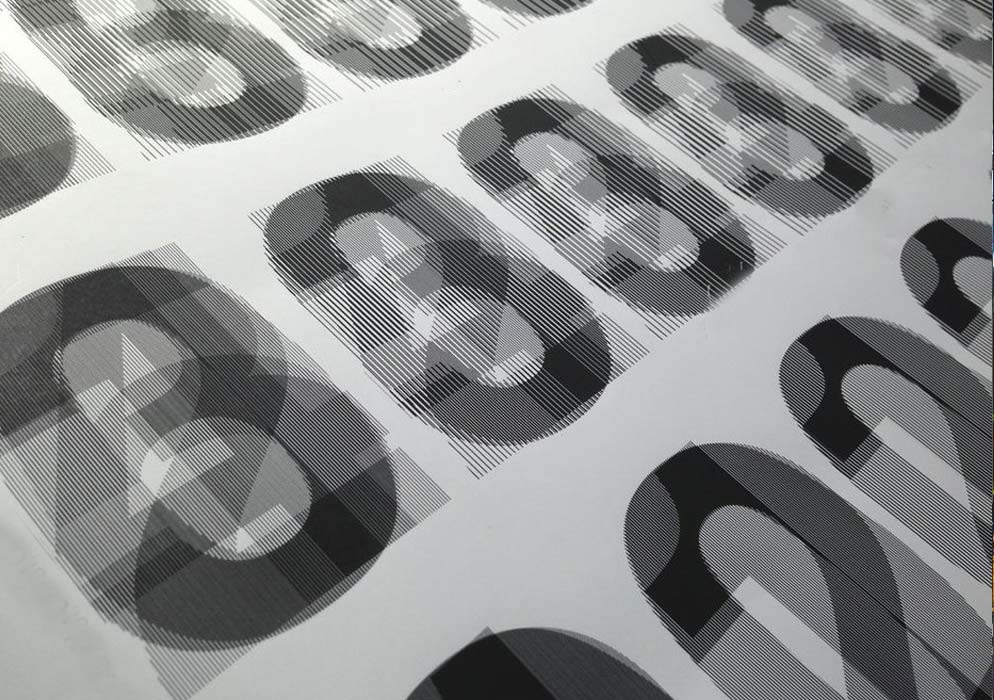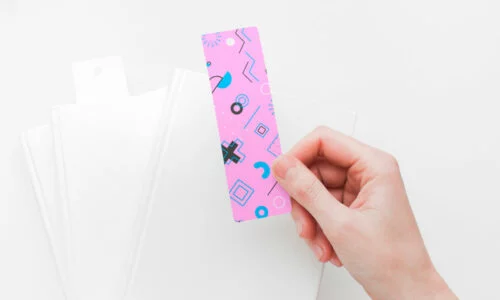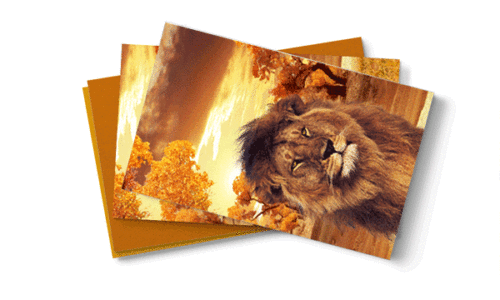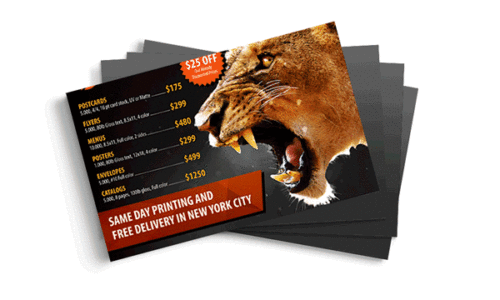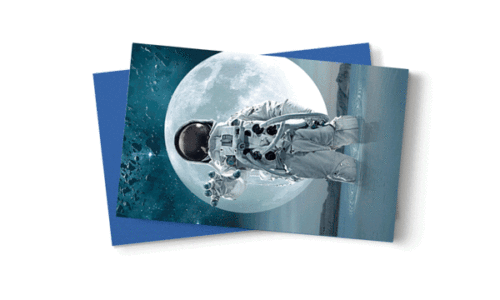What is Lenticular or 3D printing?
“Lenticular” means “lens related.” In addition, “lenses” are plastic lenses that give the impression of a dimensional print. Lenticular 3D-graphic is the process of adding depth or motion to the print marketing display by placing “lenses” above a 2D print. It allows the eye to look through alternate sections of multiple images simultaneously.
The Technology
Lens technology is becoming increasingly popular. Although it has been around for some time, the number of images that can be on a map has increased significantly. The first lens technologies could only have two or three images, but the new technologies may contain enough images to simulate video. In addition, no special equipment is needed, and lens printing can be adapted to many types of installations and applications.
How Lenticular Printing Works
The two main components of lens effects are flat printed images and a lens. The lens is made of extruded transparent plastic lenses (“ribs”) that work vertically – from 40 lines per inch to 150 lines per inch. Depending on the angle of view and the way you look at the product, the lentils only show parts of an interlaced image at a time, allowing the images to transmit depth and movement. An image consists of two or more interlaced graphic elements.
Images must be prepared in a certain way to achieve the desired result. With the help of the program, the designer cuts the images into strips and “links” them into a repetitive pattern. The width of the stripes in which the designer cuts them is determined by the lens used, as well as the resolution of the printing device.
How many 3d printing images can you have?
Nothing says that the lens should only turn back and forth between two images: some of them have up to 20 different images or “frames”. (as they are sometimes called, using shooting language). You can have half a dozen different images designed to point in several different directions, so the poster slowly and subtly changes its message as it goes by! You can also use lenses to create amazing 3D images that look like holograms.
Types of Lenticular Printed Images
One of the reasons why the issue of lenticular printing causes a lot of confusion is that this technique can be used to obtain two completely different types of images – animated and stereoscopic 3D.
The term lens animation can be applied to a number of different types of images, all of which give the appearance of movement as one person passes through the image or moves it up and down. The simplest type is an inverted image, which basically alternates between one image and another, depending on the angle of view.
Multiple images can also be stratified to create the same effect, and if interlaced images are sufficient, it can lead to quite realistic animation. Also, by placing a series of larger images, you can create a lenticular image that will give the effect of increasing or decreasing the image.
In contrast to animated images, a three-dimensional lenticular image does not give visibility of movement and looks the same regardless of the angle of view. Instead of combining different images, an image is divided into several layers. By combining these different layers, you can create the depth effect between different picture elements.
By creating animated lenticular images, the original digital images can be separated by the lens vertically or horizontally and then aligned in this direction. This choice influences whether the animation will take place when the viewing angle changes from left to right or up and down. Most people choose to split the images horizontally so that the animation happens when the map is tilted up and down, and this choice tends to work better. However, if a pattern is displayed and people pass through it, the natural choice is a vertical lens for left/right animation. People pass through the image, they don’t usually jump up and down! The 3D stereoscopic lenticular images are always separated vertically and therefore have a vertical lens.
The basic principles of lenticular printing are not so difficult. However, to correctly combine images, to get closer to the corresponding lenses, and to receive excellent results, skill and knowledge, as well as extensive experience, are required. It is therefore important to select an experienced lens printing company to ensure a perfect result.

